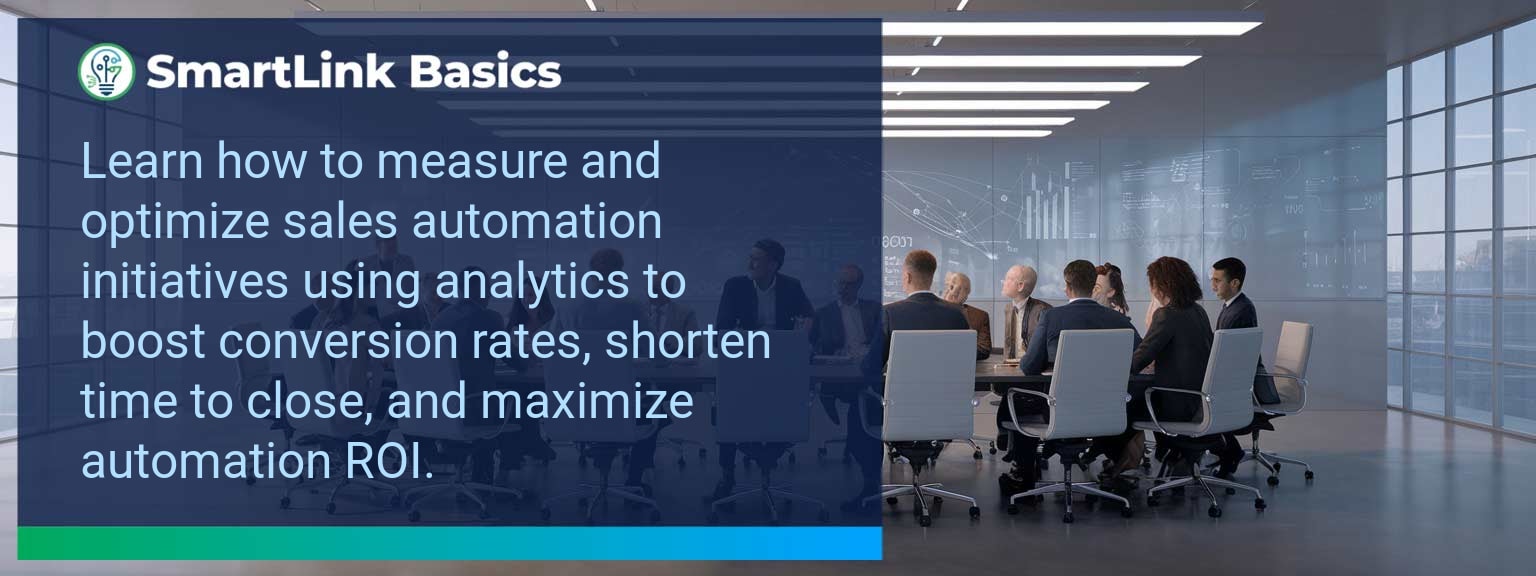Market swings and longer buying cycles demand new pipeline thinking. SmartLink Basics helps sales leaders move from static forecasts to a data-first approach that protects revenue. This post shows how to assemble a Resilient Sales Pipeline that balances short-term wins with durable deal flow, using pipeline resilience tactics, AI sales forecasting, and diversified channels.
- Shift KPIs from volume to quality, velocity, and conversion to improve pipeline resilience.
- Diversify lead sources with ABM, partnerships, and referrals to reduce concentration risk.
- Use predictive analytics and AI sales forecasting for prioritized outreach and accurate risk signals.
- Strengthen nurture tracks and enablement so longer sales cycles convert more reliably.
- Centralize data via RevOps to enable rapid resource shifts and transparent forecasting.
What Changed and Why Resilient Sales Pipeline Matters Now
Buyer behavior, tighter budgets, and elongated procurement windows mean historical win rates no longer predict the next quarter. Sales leaders must monitor leading signals, not just closed revenue. Next, focus on the mix of opportunities, not simply the total count.
For many teams, predictive analytics and intent data now reveal at-risk deals earlier. Use those signals to reallocate effort and preserve conversion velocity.
Redesign the Revenue Operating System for a Resilient Sales Pipeline
Redesigning the operating system means aligning ICP, data, plays, and cadence so the sales machine adapts quickly. Start by mapping which inputs create predictable outcomes and which introduce volatility.
Then build simple gates and signals so leaders can act when a segment cools or a channel weakens.
ICP Segmentation and Targeting
Define three prioritized segments: growth, stable, and at-risk accounts. Use account based marketing and intent data to score prospects within those segments. This focused approach reduces noise and drives higher conversion quality.
Actionable step: run a 30-day audit to identify the top 20% of accounts that produce 80% of pipeline value and model alternative targets for sales pipeline diversification.
Pipeline Architecture
Design pipeline stages that reflect buyer behaviors rather than internal activity names. Add explicit “risk” flags and time-to-stage limits. Track velocity per stage and require a next-step plan for stalled opportunities.
Example: add a “validated budget” stage so reps and managers know which deals require budgeting help versus technical validation. This improves forecasting clarity and supports AI sales forecasting inputs.
Plays and Messaging
Create short plays tied to buyer intent signals and economic scenarios. Tailor messaging for procurement, CFO concerns, or technical champions. Plays should include templates, timing, and fallbacks.
Example play: when intent rises for a target account, trigger a two-week sequence that combines an ABM ad, a personalized case study, and a discovery call cadence focused on ROI.
Operating Cadence
Set a weekly review rhythm focused on leading indicators: new intent signals, play adoption rate, and stuck-deal triage. RevOps should provide a single source of truth so decisions are fast and data-driven.
Then use short experiments to shift resources toward the highest-probability segments.
The table below lists the most actionable measures to track. Use these to align RevOps, enablement, and sales leadership on progress.
| Category | Metric | Definition | Target |
|---|---|---|---|
| Leading | Intent Signal Coverage | % of top accounts with recent intent or engagement signal | 70%+ |
| Leading | Play Adoption Rate | % of reps using prescribed plays for qualifying leads | 80%+ |
| Lagging | Pipeline Coverage Ratio | Total pipeline value divided by quota for next 3 months | 3x |
| Lagging | Win Rate by Segment | Closed-won rate for prioritized segments | 20%+ |
| Quality | Deal Qualification Score | Average score from lead scoring and discovery validation | 70/100 |
| Quality | RevOps Alignment Index | Cross-functional score for data completeness and forecasting accuracy | 8/10 |
Get the 90-day plan, coaching rubric, and dashboard template to operationalize AI in your enablement program.
Leveraging AI for Predictive Prospecting and Prioritization
AI can score leads, combine intent feeds, and surface accounts that match your ICP. Use lead scoring, predictive analytics, and behavior signals to focus outreach on high-probability opportunities.
Example: combine CRM activity with third-party intent and run a weekly prioritized list for the SDR queue. Then measure conversion lift from AI-informed touches.
Measuring The Impact On Pipeline Performance
Measure how changes affect velocity, conversion, and revenue stability. Tie experiments to clear targets so you know which plays improve pipeline resilience within 90 days.
Action: run A/B tests for two playbooks across similar accounts and track win-rate lift and time-to-close differences.
Audit Your Pipeline Resilience and Start Small
This post explained how leaders can redesign systems, diversify channels, and use AI sales forecasting to protect revenue. Run a targeted 90-day pilot on one segment, measure the metrics above, and scale what moves the needle. For tools and templates, explore AI-driven sales enablement resources from SmartLink Basics.








